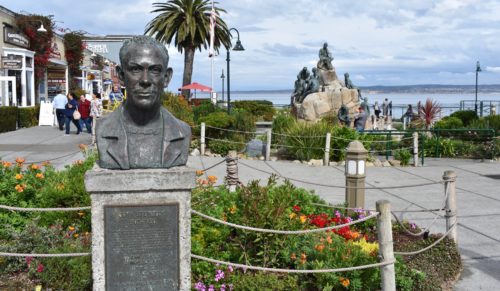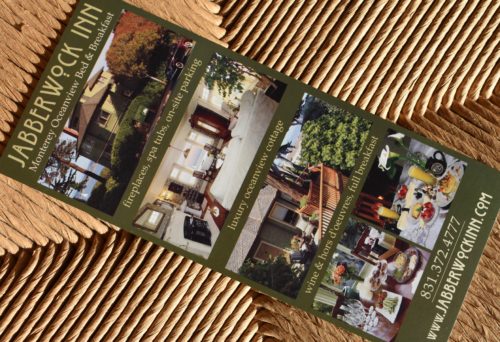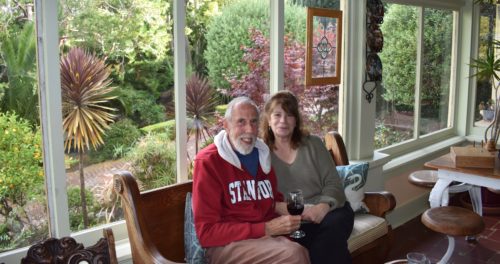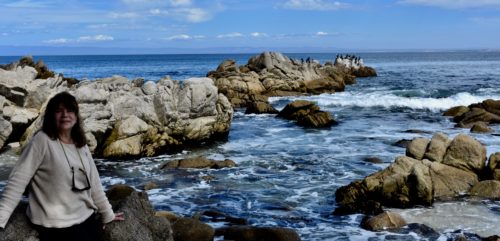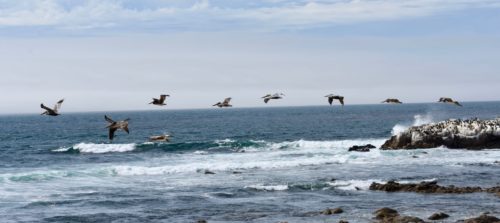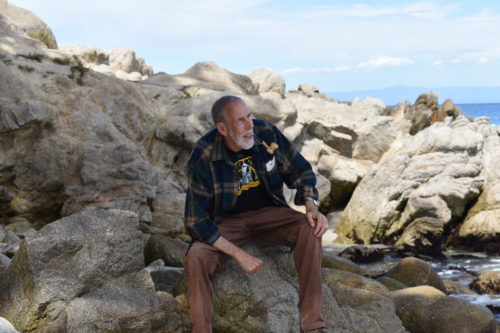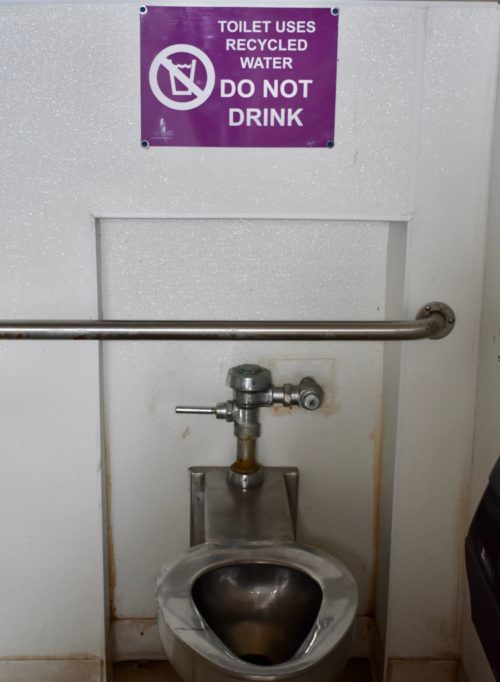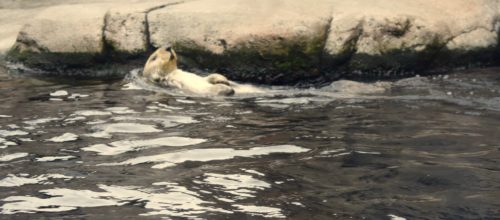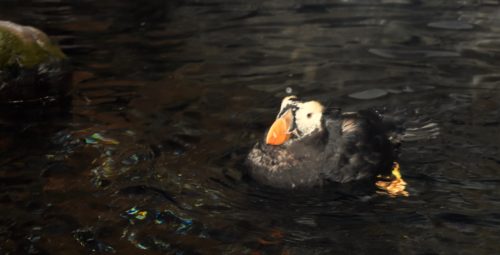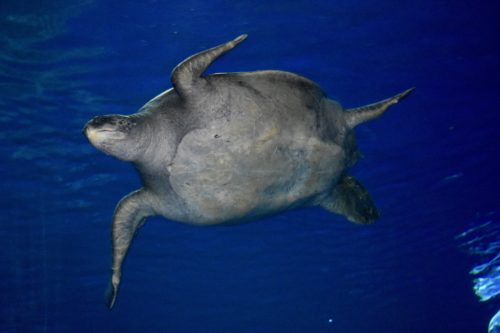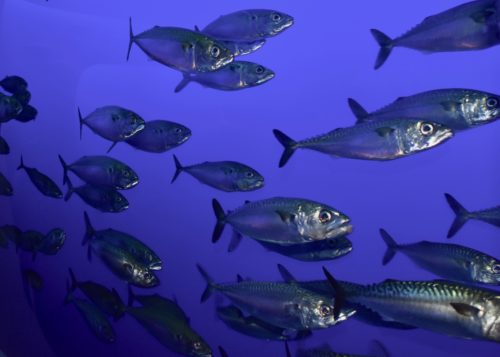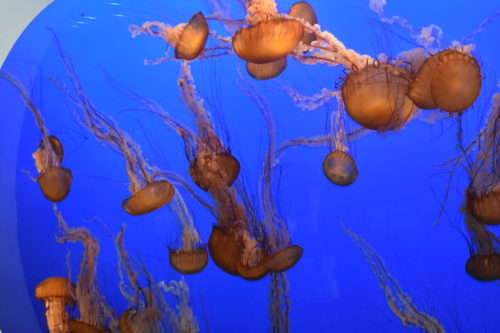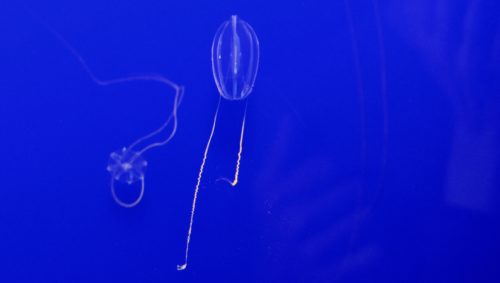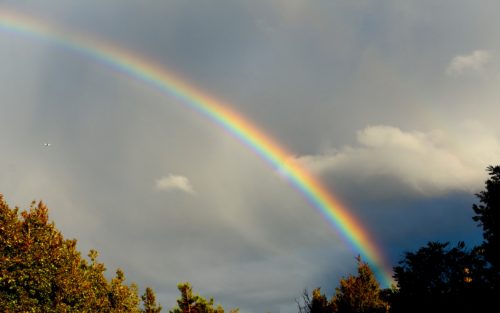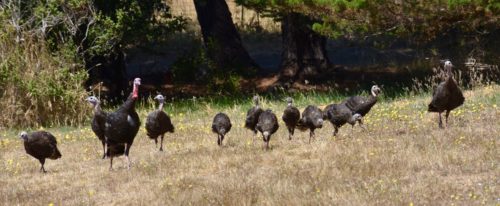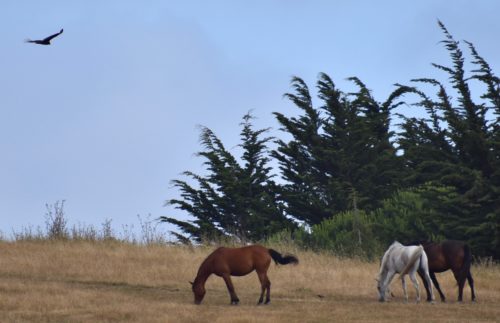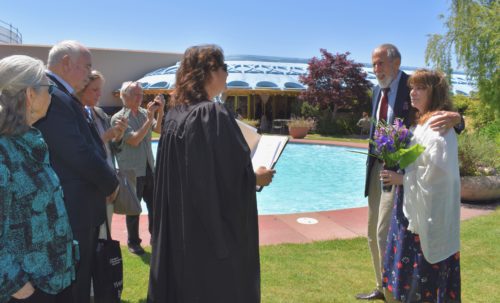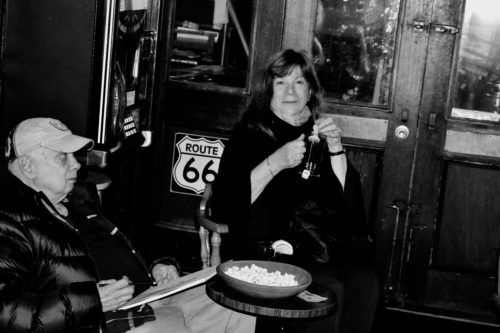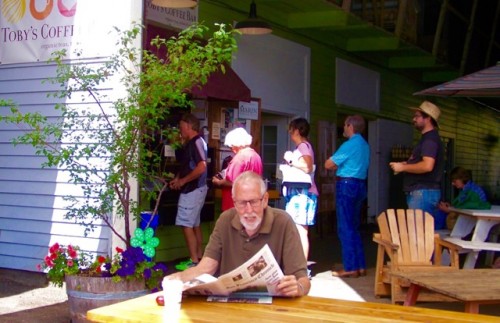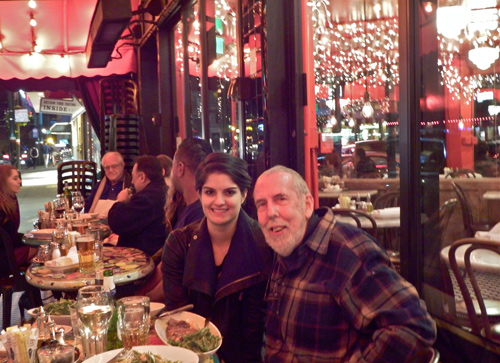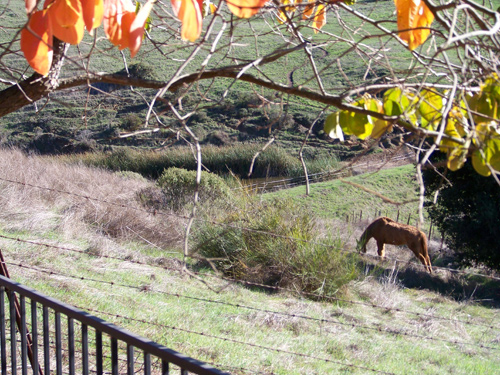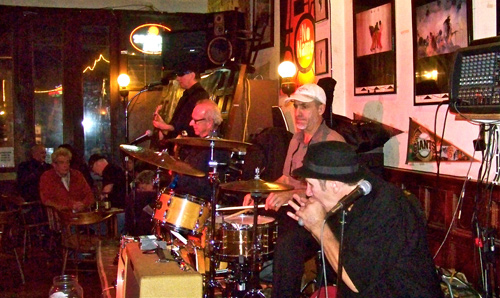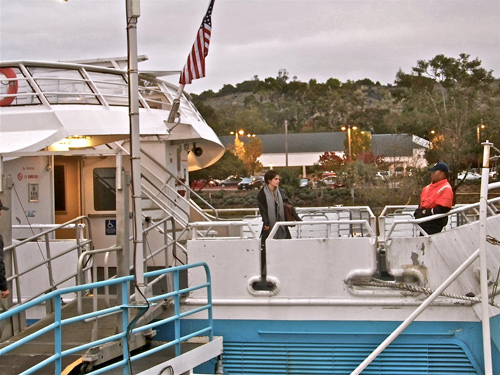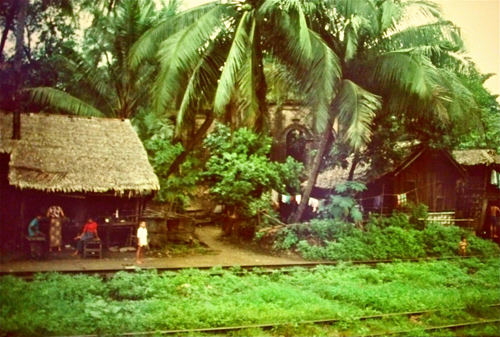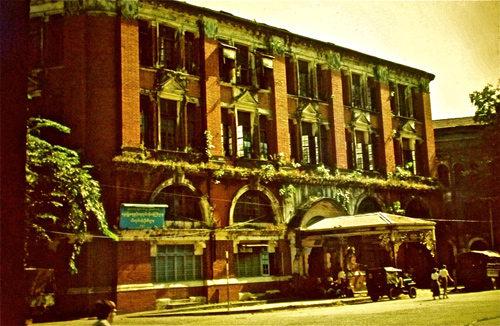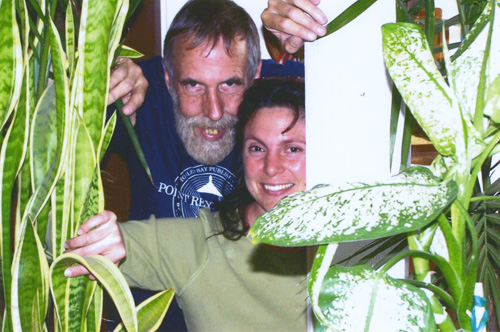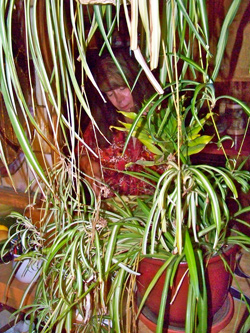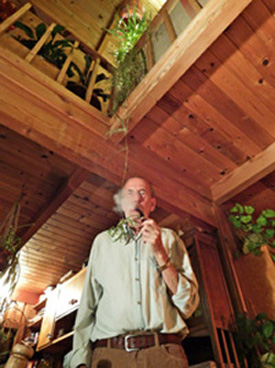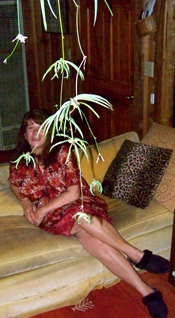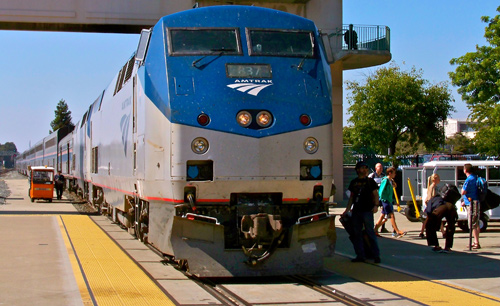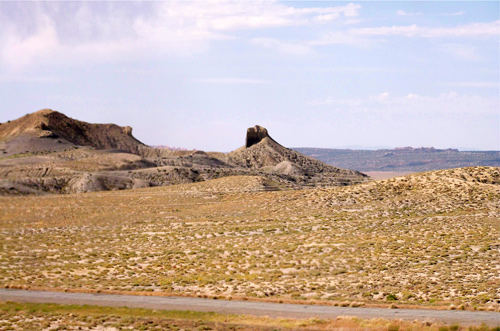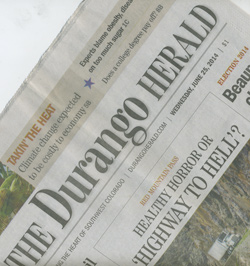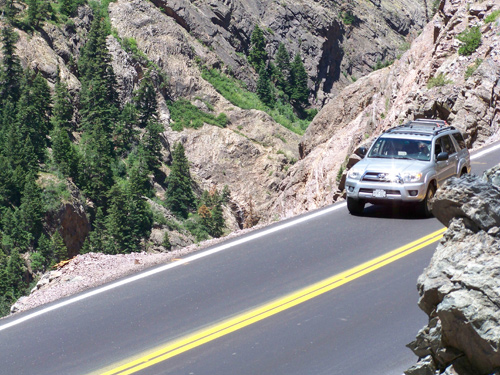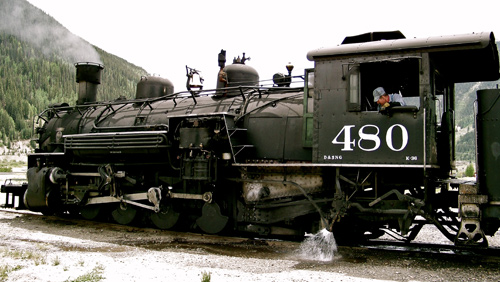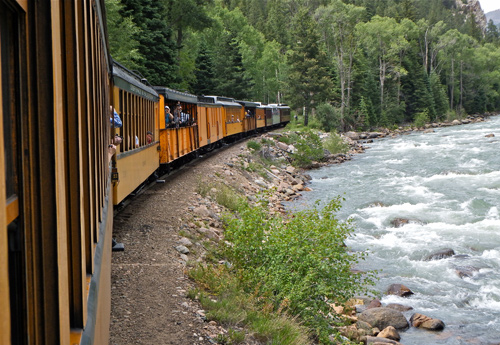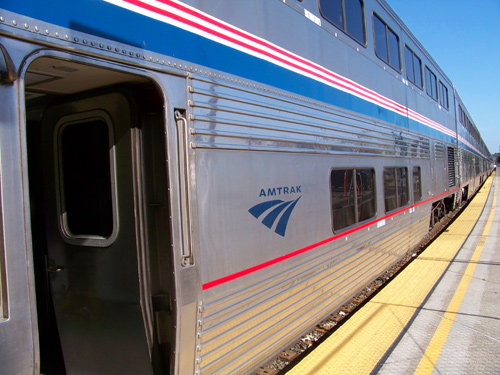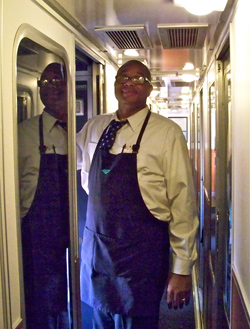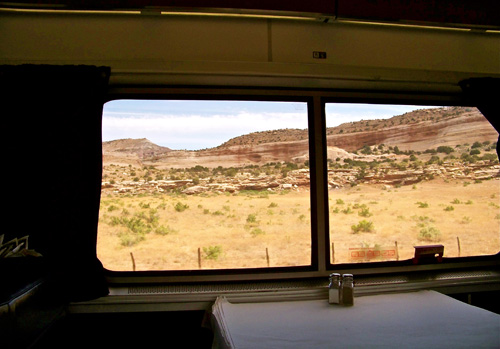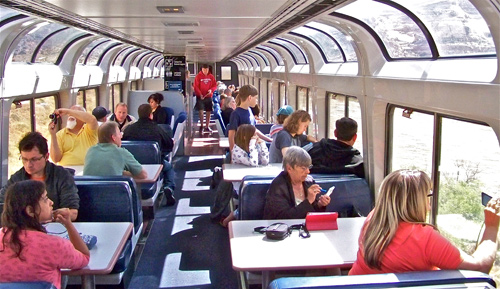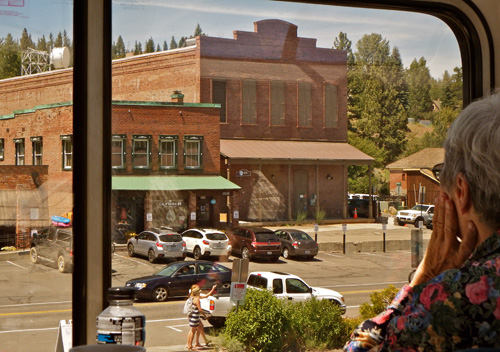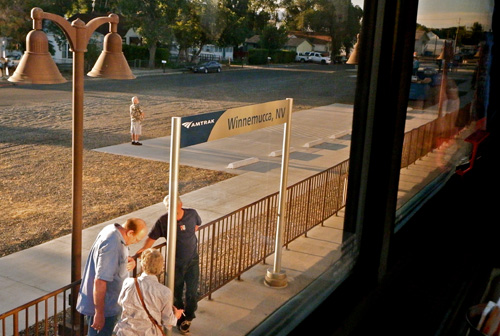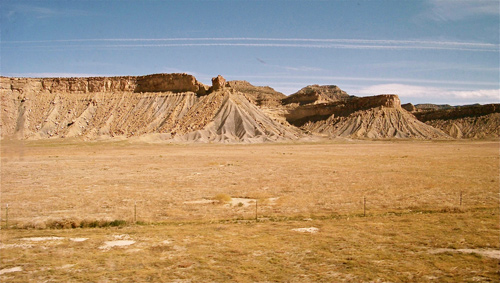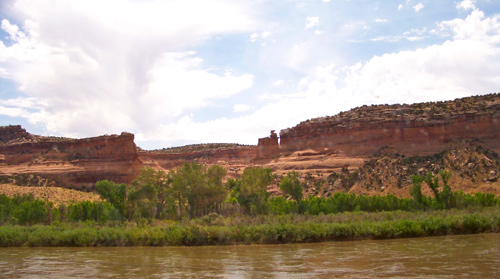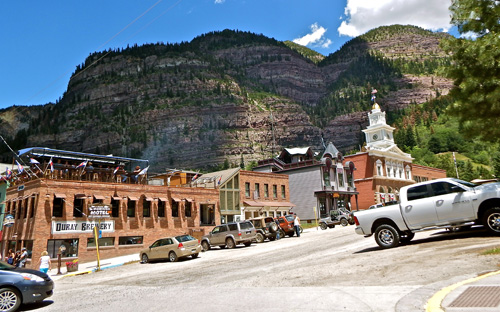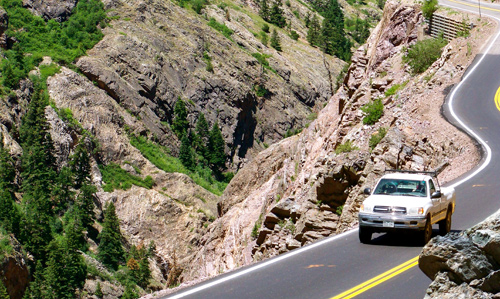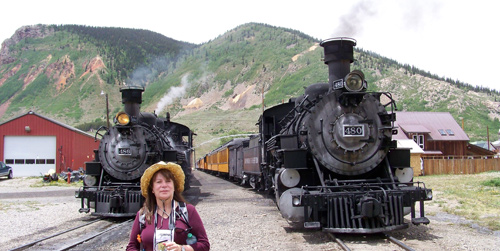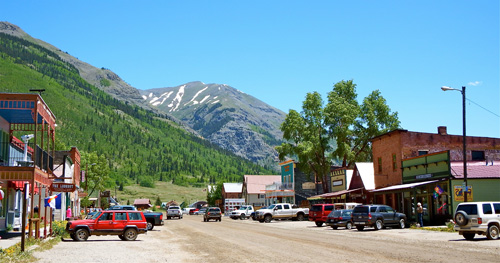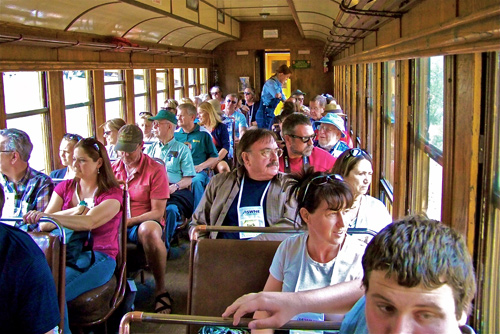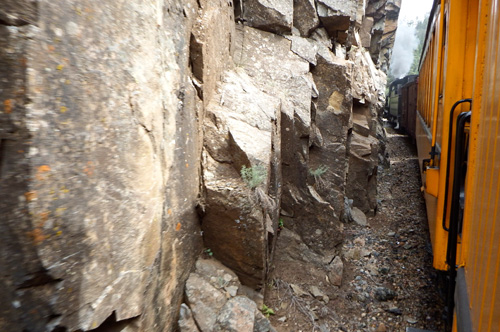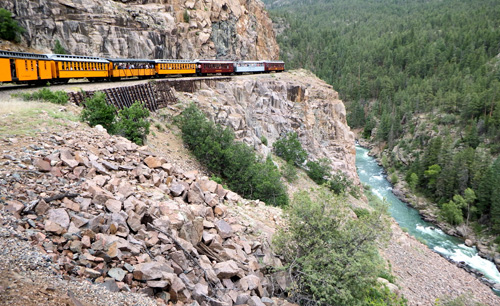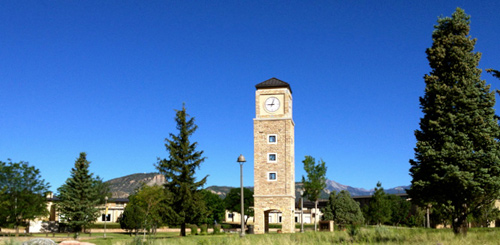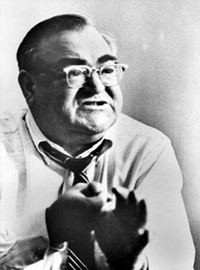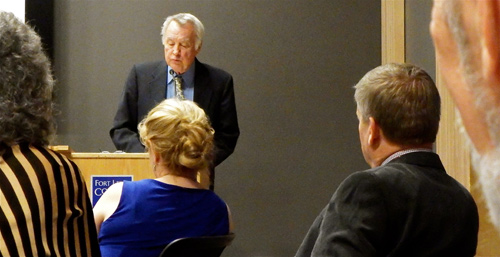Past postings are numbered in the order they went online, with the most recent postings located immediately below the Table of Contents.
To go directly to stories without scrolling, click on the highlighted phrases following the numbers.
Weekly postings are published by Thursday.
529. Kremlin interferes with this blog: the full post-truth story
528. Words matter. as if you didn’t know
527. Milk, cheese, and Donald Trump
526. Majority of voters go for Clinton but Trump wins election; Kremlin, ISIS, & KKK celebrate
525. Undeterred by rain, small-town Halloween celebrations held throughout Pt. Reyes Station
524. Recalling the tribulations of a courageous contractor from Point Reyes Station
523. “Plutocracy” to occupy four theaters, starting with two in West Marin
522. Pt. Reyes jeweler’s memoirs describe difficult marriages, Philip K. Dick’s science fiction, horse vaulting, and West Marin history
521. Park Service ousts Donald ‘Trump’ Neubacher
520. The transgender journey of an Inverness woman
519. I’m back and hitting the bars
518. A Staggering Debacle
517. Memorial set for Russ Faure-Brac of Dogtown
516. The zoo in my backyard
515. The Teddy Bear picnic and why to stay at home
514. Western Weekend this year proved to be especially colorful
513. Wake for Donna Sheehan of Marshall reflected her eccentric life
512. Memorial Day weekend chaos
511. MALT art show a testament to rural beauty
510. A trip to Tomales
509. Party for publisher who sells her newspaper
508. Birds, deer, a cat, a rat, a face in the flames, and another overturned truck
507. The adventures of Bigfoot
506. Art in Bolinas, hail in Point Reyes Station, and Emergency Response Team training in Nicasio
505. Wish get well at Toby’s; then Gather at Perry’s
504. The whole truth and a bit more
503. Caltrans meeting about replacing Green Bridge draws mixed responses
502. West Marin’s bridges to its past
501. Patrolling the CHP
500. A sparse serving of sagacity
499. Small town slumbering and cows stampeding
498. The highs and lows of St. Valentine’s Day weekends, past and long past
497. Presidents’ Day, Valentine’s Day; in Canada indigenous people to protest
496. Eastern Door newspaper exemplifies courage in a Mohawk community
495. Documentary by ex-resident of Bolinas tells story of Burundi-genocide survivor
494. Focusing on the birdlife around Mitchell cabin
493. Wandering around in early January
492. A gallery of critters around Mitchell cabin
491. Stunned to learn French, New Anus State Park, and other surprises in the world of news
490. Some Christmas surprises
489. In West Marin the drought symbolically comes to an end
488. Occasionally the most intriguing parts of newspapers are the miscues
487. Despite a series of downpours, Point Reyes Station steps out to celebrate the Yuletide
486. A visitor from New York
485. It was the best of times; it was the worst of times
484. The Comoros solution for undocumented residents
483. Finding refuge in my surroundings
482. Remembering the past in Point Reyes Station and Tomales
481. Point Reyes Station focuses on helping preschool and preparing for disaster
480. Little Nicasio was a happening place Saturday and Sunday
479. Mowgli taught me to love jungles
478. A Scottish journalist’s observations regarding the vote to remain part of Great Britain
477. Racoons waxing and Tricolored Blackbirds waning plus a mystery in the woods
476. The autumnal equinox is upon us
475. Grito de la Independencia in Point Reyes Station
474. Some Nicasio Reservoir history is seldom seen, and some is seldom recognized
473. Tomales Founders’ Day draws a goodly crowd despite a shorter-than-usual parade
472. It all happened between two vivid dreams
471. A photographic look at signs of life
470. All in one day: displays in Point Reyes Station & Inverness of arts, crafts, & public service
469. A word with you, if you please
468. Sorry I’m late, but here are a bobcat, albino robin, and five fox kits to make up for it
467. Nurturing nature
466. Riding an old narrow-gauge train and modern Amtrak plus driving the ‘Highway to Hell’
465. It was like winning a second Pulitzer Prize
464. Photography, drama, etchings, and paintings worth seeing this summer
463. Sunday’s Western Weekend Parade and Saturday’s 4-H Fair draw enthusiastic crowds
462. White House Pool enchanting despite vandalism and poison oak
461. Humor, including blonde and similar jokes, that’s gone through at least 3 countries
460. My deer friends
459. A few of my photos in war and peace from West Marin to Southeast Asia to Central America
458. Animals provide relief from an animalistic world
457. Gala for just-retired popular librarian; preparing for disasters; odd news reports
456. America owes a lot to its weekly newspapers
455. Pining for a couple of old friends
454. Creatures of spring at Mitchell cabin
453. Gallery Route One exhibiting whimsical art with messages from three women
452. Save a spaniel
451. When words fail us
450. With spring 10 days away, late-winter rains give a boost to West Marin flora and fauna
449. A gallery of photos from Point Reyes Light open house, staff reunion, and book readings
448. Misunderstandings and other ‘small’ news plus a big ‘ol party
447. ‘Picturing the Point Reyes Peninsula’ exhibition opens in Jack Mason Museum
446. Readings from The Light on the Coast draw crowd to Tomales Regional History Center
445. Jon Langdon’s ‘Beyond Geometry’; Mr. Badger goes a-huntin’; Gypsy cobs cloppin’ downtown
444. Point Reyes Station innkeeper and former jeweler Ann Dick a prolific writer at 87
443. Oldtimer says dams, not homes and ranches, had hurt salmon runs; now it’s the drought
442. Legends of the Celtic harp wow enthusiastic crowd in the Dance Palace
441. A gallery of local-wildlife photos
440. The Ghosts of Christmas Presents
439. The holidays are the time for us in West Marin to start preparing for disasters
438. The last days of fall
437. The Light on the Coast due to gleam this week
436. Using words well and not so well
435. My 70th birthday
434. The Mitchell cabin perspective on protection and food for wildlife
433. Guatemalan murder suspect, who was hunted via social media, caught in Mexico via TV
432. Mulling a potential flap at the confab
431. My frantic flight from Latin
430. The Fall of Nicasio and Point Reyes Station
429. A dead buck, buzzards, flies. and who else?
428. With federal parks here closed, art exhibits getting more attention
427. From Paris, Montmartre to New Orleans, Storyville to San Francisco’s Tenderloin
426. Masterful new book set in Alaskan wilderness is a story of conflicts that echo West Marin’s
425. The pressure on journalists as the NSA pushes US toward becoming George Orwell’s ‘1984’
424. The US government’s love-hate relationship with Syrian brutality
423. Tomales Founder Day parade and party in park draw a huge crowd
422. A visit from Pepe Le Pew
421. A young leviathan dies at Stinson Beach
420. Images of many types of dogs at Inverness Fair
419. First the grim news, then the gay
418. Don’t believe everything you read; newspapers will survive
417. Don’t Bogart that smoke detector, you roach
416. Wildlife relish outdoor dining at Mitchell cabin
415. ‘The town that West Marin forgot’ celebrates its park with food, auctions, rock ‘n’ roll, and grand opera
414. Raccoon-noitering
413. Thoughts about our infatuation with animals
412. Fox News in Point Reyes Station
411. New Age detritus found to be littering roadside in Lagunitas
410. Western Weekend 2013: good weather, good fun; close call
409. The mysteries of words, birds, and the NRA
408. Remembering massacres under Guatemalan President RÃos Montt
407. My good buddy gets hit by a car and dies
406. Tormented by computers, comforted by spring
405. Way out west in West Marin
404. Enduring a week of terrible events
403. Bicyclist killed in Inverness Park
402. Of cats and bobcats, burros and burrows
401. Google boggles blogger
400. Exhibition of portraits of ‘Tomales Neighbors’, past and present, opens to kudos
399. Deus ex machina
398. Proposed law would end trapping of bobcats for their pelts
397. Postal Clerk Known for Feralhood Retires
396. Whatever Happened to Our Curiosity?
395. Filmmaker Ole Schell, formerly of Bolinas, with jookin’ dancer Lil’ Buck, actress Meryl Streep & cellist Yo-Yo Ma in China
394. The Point in Winter
393. When critters watch but don’t bother to bother each other
392. Quotes Worth Saving IV
391. Inverness museum exhibit on Swiss immigrant who came to be called “Mr. Point Reyes Station”
391. Our fascination with how words are used,some examples from across the pond
390. A collection of favorite wildlife photographs snapped around Mitchell cabin
389. Counting curves on Highway 1
388. The winter solstice of 2012
387. Shoreline School District blessed compared with a number of others
386. Pearl Harbor Day, Point Reyes Station’s Christmas tree lighting, and a new era at MALT
385. Quietly photographing all natural neighbors
384. The old codger connects Thanksgiving, turkeys, and NATO missiles
383. Feeding time
382. What a week for the press!
381. Our political D-Day
380. Marin agriculture as photographed between 1920 and 1950 by the county’s 1st farm advisor
379. Zen and the Art of Motor-mouth Maintenance
378. Tony’s Seafood Restaurant, a reminder of the Croatian immigration to Marshall
377. North Bend Ranch, rich in narrow-gauge railroad history, put up for sale
376. Young Kosovar refugee, whose diary West Marin read during war, sends an update
375. At the end of our line we found Cazadero
374. Typical-graphical errors and other journalistic confusion
373. Why Marin needs to approve Measure A
372. Tomales Founders Day parade bigger than ever
371. A convoluted look at language
370. Not quite what you’d expect
369. Jack Mason Museum opens exhibit on Inverness Yacht Club 100 years after it was first launched
368. Tomales High turns 100 years old as NASA’s Curiosity lands on Mars
367. Wild scene from my deck as photographed over two weeks
366. Far West Fest hot as a wildfire and lasts longer
365. The story of a ‘Deputy Sheriff in Wild and Wooly West Marin’
364. Drakes Bay Oyster Company struggles on against Park Service
363. Fighting a thorny intruder in West Marin
362. Unintentional double entendres in the press
361. Summer brings a new assortment of wildlife to Mitchell cabin
360. A short trip to exotic Gualala
359. Pictures from a fun-filled Western Weekend in Point Reyes Station
358. Marin County agriculture brought in $70 million last year
357. The agony and the ecstasy of Spring
356. History and merriment combine at Nicasio sesquicentennial celebration
355. Most 2nd District congressional candidates want US to legalize medical marijuana
354. Old Farmer’s Almanac still fresh after 220 years
353. A photographic history of Inverness Park
352. On eve of June 5 election, Supervisor Kinsey describes his grueling schedule
351. Glimpses of the narrow-gauge railroad
350. Senator Feinstein says Park Service employees “feel emboldened to once again fabricate science”
349. A drought for livestock but not for people
348. The origins of Point Reyes Station
347. More shenanigans by the Point Reyes National Seashore
346. Surviving another earthquake
345. Turkeys, both avian and human
344. Crowd at memorial honors beloved Realtor
343. Former National Seashore Supt. Neubacher & his boss Jon Jarvis becoming a political problem for the Obama administration
342. Grim times abroad and tranquil days at home
341. Using social media to hunt for Guatemalan murder suspect in US
340. The Great Storm of ’82 in pictures
339. Caught in the great storm of 1982
338. A roundup of wildlife at Mitchell cabin
337. Seasonal greetings can be confusing
336. Christmas Day visitors
335. How our Christmas turkeys got their name
334. A Christmas Carol
333. Who’s been naughty or nice
332. A gallery of visits from wildlife
331. The changing of the seasons
330. Artist Thomas Wood’s studio show captures nature’s beauty
329. Save America’s Postal Service
328. Symposium on National Seashore misdeeds; pancake fundraiser for firefighters & Disaster Council; barn dance; all in Pt. Reyes Station
327. Occupy Wall Street protest expands to Point Reyes Station
326. Joel Hack to retire as publisher of The West Marin Citizen
325. Women of West Marin
324. E Clampus Vitus gives further recognition to Duncans Mills‘ trove of coastal history
323. Ungulates in the news
322. Incurring the raccoon gaze
321. Point Reyes Station’s Dance Palace celebrates 40th anniversary
320. Tomales Founders Day parade and picnic
319. Newswomen heroic in covering combat
318. Gopher it
317. Inverness Fair provided an antidote to Weltschmerz
316. Saturday’s opening reception for an exhibition of Elisabeth Ptak’s collages
315. Living among the wildlife
314. The threat from a runaway sand dune
313. Saturday’s Far West Fest
312. What’s in a name?
311. Tomales’ party in the park
310. The frustrations of home maintenance, a lesson learned from ‘The Arkansas Traveler’
309. The turtle
308. Hats off to Safeway
307. As expressions come and go, do you know what you’re saying?
306. We’re back following an unknown hacker’s vandalism to this blog
305. The sun shone on Sunday’s Western Weekend parade
304. The Western Weekend 4-H Fair and barn dance
303. Words, pictures, and the press
302. Memorial for Jonathan Rowe, who led creation of the commons in Point Reyes Station
301. Goddamn winter’s back
300. This blog turns 300
299. Charge ahead! or pay cash
298. Daughter dies in Nevada County
297. What does the Easter Bunny have to do with Jesus’ resurrection?
296. West Marin update
295. Tales from West Marin’s forgotten past
294. When everything goes wrong
293. Writer Jonathan Rowe dies unexpectedly at 65
292. Some of the creatures that visited my cabin in a single day
291. Finding small absurdities in the midst of major crises
290. Bolinas exhibition takes an artistic look at the world
289. A fox at the table
288. The common people are revolting
287. How two resourceful women coped with crises
286. Have a happy and trippy Valentine’s Day
285. Quotes Worth Saving III
284. Facebook, the bizarre culmination of mass communications
283. A Great blue heron, mondagreens, and three cheers for Ghana
282. Video of two tributes to Missy Patterson during her memorial reception
281. Wishing a healthy, happy new year to West Marin’s critters, you included
280. ‘Tis the time of Janus, the god who looks forward and back
279. The death of a West Marin matriarch
278. Improbable politics in Wasilla, St. Petersburg and Point Reyes Station
277. Faces along the Path of Lights
276. Literary and civic news sponsored by the creatures of West Marin
275. Another round of inter-species peace negotiations at Mitchell cabin
274. Ramblin’ Jack Elliott takes turns performing with Corey Goodman and Maria Muldaur at amazing fundraiser in Marshall
273. Trailer Stash ,a musical fundraiser to prepare Marshall for disasters
272. Day of the Dead celebration in Point Reyes Station
271. Point Reyes pedestrian home from hospital after being struck by deer
270. Have a happy (or scary) Halloween
269. Anastacio’s Famous BBQ Oyster Sauce ,a part of West Marin’s Latino heritage, further refined
268. This fall’s wildlife census for my hill
267. Culvert project at White House Pool aims to reduce flooding along the levee road
266. Greetings from your governor
265. Bolinas boy makes good with documentary on fashion models
264. Scotland’s ill-fated colony in Panama – and why I read the Economist
263. Avoiding more victims by capping a sticky gusher
262. Crafting the Considerate House
261. West Marin remembers Duane Irving
260. The art of boating
259. Firefighters in action
258. Do you like coyotes and bobcats? How about rats?
257. Los mapaches con cacahuates; tambièn fotos de los cuervos y venados
256. Proposal for ceasefire in West Marin newspaper war
255. The young creatures of summer
254. Eli’s coming ,causing momentary dismay at The Point Reyes Light
253. Under the volcano and in the eye of the storm, a firsthand account
252. The duel between The Point Reyes Light and The West Marin Citizen
251. Santa Muerte and El Cadejo
250. Wildlife around my cars on the Serengeti Plain of West Marin
249. A big Western Weekend Parade in li’l old Point Reyes Station
248. 4-H Fair and Coronation Ball keep alive Western Weekend’s agricultural traditions
247. A tail for West Marin to bear in mind this Western Weekend
246. Point Reyes Light sells and will incorporate as a nonprofit
245. Point Reyes Station area blackout rumored to have been sparked by bird
244. Planned Feralhood desperate for a new home
243. John Francis takes a walk down under
242. A day in a small town
241. Point Reyes Station’s notorious curve is scene of yet another vehicle crash
240. The Mother Goose method for getting rid of thistles
239. A benefit so that handicapped kids can go rafting
238. Where angels fear to tread
237. The Chronicle, hang gliders, and horses
236. Crowd celebrates 80th birthday of Marshall artist-political activist Donna Sheehan
235. A classic revisited
234. Nature celebrates spring
233. More on diplomatic news we’ve been following
232. Sportscar flies off embankment; no one hurt in miraculous landing
231. A chat with the Trailside Killer
230. Life and death on my hill
229. Valentine’s Fair raises money for Haiti relief
228. Historic irony as milk truck overturns in Marshall
227. Encouraging my bodhisattva possum on her path to enlightenment
226. Benefit for Haitian earthquake survivors filled with mixed emotions
225. What drought? Nicasio Reservoir overflows
224. Disconcerting standup reporting
223. The storms begin; schools close; a near miss at my cabin
222. Spare the rodent (or rabbit) & spoil the diet
221. Lookin’ out my backdoor: some of my favorite wildlife photos
220. Careening through the holidays
219. Chileno Valley journalist working in Abu Dhabi brings new wife home for visit
218. Just what would Mayberry be like on acid?
217. The foxes of downtown Point Reyes Station
216. Interpreting dreams
215. Let’s talk turkey
214. You’ll Never Walk Alone , an unlikely story
213. A wistful walk on the bottom of Nicasio Reservoir
212. Progress in the backyard peace process
211. John Francis leaving; 4 other artists turn pages but sticking around
210. What we inherit
209. Over 200 show up at fundraiser to help pay injured ad manager’s medical bills
208. A community helping one of its own
207. A country mouse in the Tenderloin
206. News of the week reported through pictures
205. Update on injured ad manager of West Marin Citizen; benefit planned; and will there be a race?
204. Startling weather; amazing stepdaughters
203. Talented-animal tales
2o2. Saga of The West Marin Citizen ad manager’s recovery spreads around the globe, not always accurately
201. And you were there
200. Hospitalized ad manager of West Marin Citizen coming home; friends volunteering to provide meals
199. Scenes from the Inverness Fair
198. Great progress for injured ad manager of The West Marin Citizen despite problems with convalescent hospital
197. Thieves use ruse to clean out till at Station House Gifts
196. Anastacio’s Famous BBQ Oyster Sauce goes on sale
195. A hillside of wildlife
194. Kaiser Permanente’s ‘Sicko’ machinations shock injured ad manager of The West Marin Citizen
193. Immobilized by multiple injuries, ad manager keeps selling from hospital bed
192. All creatures feathered and furry
191. The wildlife of summer around my cabin & an update on Linda Petersen’s condition
19o. West Marin Citizen advertising manager hurt in crash; her popular dog Sebastian dies
189. Sunday’s Western Weekend Parade
188. The Western Weekend Livestock Show
187. Western Weekend parade will be Sunday despite reports to the contrary
186. The purple couch beside the road
185. A funny thing happened at the car wash Friday & other odd events
184. My brush with a badger
183. Scientists find no evidence oyster farm harming Drakes Estero; more likely restoring it
182. Why bottom of Drakes Estero can never become part of a wilderness area
181. Badger, Ratty, and the sensual raccoon
180. And how the wind doth ramm!/ Sing: Goddamm;! Ezra Pound
179. A tailgate gallery of bumper-sticker humor; Point Reyes weather both Arctic & tropical
178. Crowd in Inverness Friday calls for reviving park’s Citizens Advisory Commission
177. Flying over Northwest Marin
176. Spring meditations in a Miwok cemetery concerning the news of West Marin.
175. Two warning signs of Spring
174. Tomales may be little but its lively
173. Doe stalks cat; raccoon emulates Scripture: for the rain it raineth every day
172. Three-year drought comes to a symbolic ending as Nicasio Reservoir overflows
171. Pot busts at my cabin, again
170. Happy Valentine’s Day (as it’s evolved)
169. Blogging about blogging
168. Thinking about words
167. Point Reyes Station celebrates President Barack Obama’s inauguration
166. A reader in Ghana
165. The bittersweet story of a hardy little tree
164. A parting look at 2008
163. Blackout hits Tomales Bay area
162. Nature’s Two Acres Part XXXVIII: Way Out West in West Marin
161. Chileno Valley Ranch as depicted by a rancher-artist who lives there
160. Nature’s Two Acres XXXVIII: This time it’s a tale of two bobbed cats
159. Thanksgiving in Point Reyes Station
158. Nature’s Two Acres Part XXXVII: a bobcat at my cabin
157. Quotes Worth Saving II
156. Nature’s Two Acres Part XXXVI: The migrating birds of fall; or ‘Swan Lake’ revisited
155. Election night euphoria
154. The fun and anxiety of preparing for a disaster
153. Porky Pig, Demosthenes, Joe Biden, and ‘K-K-K-Katy‘
152. The political zoo.
151. Nature’s Two Acres Part XXXV: Mr. Squirrel
150. A coyote at my cabin
149. Preparing for the fire season
148. Telling the Raccoon ‘Scat’
147. Faces from the weekly press
146. Tomales, Tomales, that toddling town
145. How park administration used deception & sometimes-unwitting environmentalists to harass oyster company with bad publicity
144. Nature’s Two Acres Part XXXIII: Photographing wildlife indoors and out
143. What government scientists elsewhere had to say about the park’s misrepresenting research to attack oyster company
142. Landscape photos & paintings in Stinson Beach
141. What’s in the Inspector General’s report on the park that newspapers here aren’t telling you
140. Point Reyes National Seashore Supt. Don Neubacher seen as “scary”
139. A demonstration to save Point Reyes National Seashore deer; park administration dishonesty officially confirmed
138. The good, the bizarre, and the ugly
138. Alice in ‘Wilderness‘
137. Nature’s Two Acres Part XXXII: The first raccoon kits of summer
136. Nature’s Two Acres Part XXXI: The pink roses of Point Reyes Station
135. Nature’s Two Acres Part XXX: Baldfaced hornets
134. Scenes from my past week
133. Artist Bruce Lauritzen of Point Reyes Station draws a crowd for opening of exhibit
132. Kite day at Nicasio School
131. Sunday’s Western Weekend Parade in photos
130. Early projections hold: Obama, Woolsey & Kinsey win; Leno easily bests Migden & Nation
129. Western Weekend’s 4-H Livestock Show fun, but smaller than ever
128. Humane Society of the US says National Seashore claims about deer contraception are misleading
127. Lt. Governor John Garamendi joins battle to save fallow & axis deer in Point Reyes National Seashore
126. Nature’s Two Acres Part XXIX: Cold-blooded carnality, Or, why be warm blooded?
125. Nature’s Two Acres XXVIII: The first fawns of spring
124. The Beat Generation lives on at the No Name Bar
123. ‘Still Life with Raccoon‘
122. Nature’s Two Acres XXVII: Animals about town.
121. Newspaperman from Chileno Valley describes his life in the United Arab Emirates
120. Point Reyes Station and Inverness Park demonstrators call for a pedestrian bridge over Papermill Creek
119. Seeing history through newsmen’s eyes…. or the pen is mightier than the pigs
118. Five Faces of Spring
117. Supervisor Steve Kinsey defends further restrictions on woodstoves in West Marin
116. Prostitution in New York, Reno, and Point Reyes Station
115. A country without the decency to ban torture
114. National Seashore’s slaughter of deer traumatizes many residents here; ‘we demand a stop’
113. A tale of Kosovo, West Marin, and a bored battalion of Norwegian soldiers
112. Dillon Beach sewage spill update
111. ‘Drive-by journalism’
110. Sewage spills into ocean at Dillon Beach
109. Nature’s Two Acres XXVI: Which came first, blacktail or mule deer? Hint: their venison is oedipal
108. Nature’s Two Acres XXV: Talking turkey
107. Here’s hoping ‘the goose hangs high‘ this Thursday for Valentine’s Day
106. Signs of bureaucratic contamination
105. A final thought about the Caltrans worker who just did his job, and saved the day
104. Statewide campaign to legalize hemp and marijuana comes to Point Reyes Station
103. Heavy news media presence briefly halts axis-deer slaughter in the Point Reyes National Seashore
102. Storm damage bad but could have been tragic
101. Nature’s Two Acres XXIV: Buffleheads, Greater Scaups, and the 16.6 million wild ducks shot annually
100. Lawsuits against and by Robert Plotkin settled out of court
99. Nature’s Two Acres XXIII: Bambi, Thumper, and Garfield
98. Governor Schwarzenegger’s proposal to close Tomales Bay State Park to save money could prove expensive
97. Old Christmas trees, wild turkeys, and the famous cat-and-rat scheme
96. Blackouts, newspapers in the news, and poetic frustration on the prairie
95. Hurricane-force wind & heavy rain take heavy toll on West Marin
94. Marin County gets a bum rap from itself
93. ‘Eco-fascism‘ in the Point Reyes National Seashore
92. Guess who came to Christmas dinner
91. Yuletide greetings from Santa Claws
90. Assemblyman Jared Huffman’s ominous mailer
89. Nature’s Two Acres XXII: They’re hundreds of times more deadly than cynanide… and headed this way
88. Non-native species stops traffic in Point Reyes Station
87. Blackouts bedevil Point Reyes Station area
86. Urban legends
85. Nature’s Two Acres XXI: Coyote influx benefits some birds around Point Reyes Station
84. Winter Moon Fireside Tales: an undiscovered gem draws only four ticketholders opening night (but more for second show)
83. Striptease in Point Reyes Station… well, sorta
82. Our Lady of the Chutzpah, the many faces of State Senator Carole Migden
81. Stefanie Pisarczyk (AKA Stefanie Keys), a woman of two worlds
80. Point Reyes Station’s ‘Path of Lights’
79. Lessons to be learned from the oil spill
78. Nature’s Two Acres Part XX: Where coyotes howl and raccoons roam free
77. West Marin Community Thanksgiving Dinner celebrated in Point Reyes Station’s Dance Palace
76. Giving thanks for an abundant harvest
75. Being a Gypsy isn’t enough; KPFA fires host criticized for not being a ‘person of color’
74. Nature’s Two Acres Part IXX: ‘Things that go bump in the night’
73. Point Reyes Station pharmacist decries health-insurance practices
72. Farm Bureau president quits; defends independence of wife who disagrees with his political position
71. Ship hits Bay Bridge; spilled oil drifts out Golden Gate and mires birds on West Marin coast
70. California photo book’s release celebrated with gala on Inverness Ridge
69. Coastal Post’s December issue to be its last, assistant editor says; publisher contradicts her
68. West Marin’s ‘Mac Guru’ leaving town, a friend with a knack for surviving
67. One last warm weekend before the season of darkness
66. Ranching matriarch Hazel Martinelli dies at 101
65. Nature’s Two Acres Part XVIII: Seasonal sightings
64. White House Pool: a public park where management listens to the public
63. Tuesday’s Marin County Farm Bureau luncheon for politicos
62. Hawks on the move
61. Point Reyes Station’s Hazel Martinelli celebrates 101st birthday with party at son’s deer camp
60. Vandals dump sewage at West Marin School
59. Paving Point Reyes Station’s main street at night
58. Bolinas firehouse and clinic opening party Sunday
57. Nature’s Two Acres XVII: As seen by an old, almost-blind dog
56. Despite public-be-damned management, it’s still a beautiful park.
55. Language, politics & wildlife
54. Truth becomes an endangered species at the Point Reyes National Seashore.
53. ‘Possums,’ a sequel to the musical ‘Cats’
52. The KWMR/Love Field ‘Far West Fest’
51. Quotes Worth Saving & the Inverness Fair
50. Watching the Point Reyes National Seashore obliterate cultural history
49. Congress sees through Point Reyes National Seashore claims
48. Music, wildlife, and the cosmos
42. Garbage in, garbage out
41. 76-year-old Nick’s Cove reopens
40. What we didn’t celebrate on the Fourth of July
39. Ship’s flare or meteor
38. The death of a salesman: Andrew Schultz
37. Preventing fires at home while The Point Reyes Light feels the heat
36. Monday’s demonstration against The Point Reyes Light
35. Inverness Park fire Friday razes art studio
34. Western Weekend retrospective; anonymous satire of Point Reyes Light distributed at parade; Light’s use of unpaid interns may run afoul of labor laws.
33. Sunday’s Western Weekend parade and barbecue
32. Many fail to find Western Weekend livestock show; a new newpaper debuts in West Marin; The Point Reyes Light reports a former bookkeeper is in jail on embezzlement charges.
31. Nature’s Two Acres Part XVI: A gopher snake & other neighbors
30. New newspaper to be published in West Marin
29. Mermaids, cows, Horizon Cable, and Russia’s Internet war on Estonia
28. Nature’s Two Acres Part XV: Among animals, one finds natural caricatures
27. Nature’s Two Acres Part XIV: The world, dear Agnes, is a strange affair.
26. Sheriff Bob Doyle stays the course despite blunder
25. Nature’s Two Acres Part XIII: Who’s the Head Bull-Goose Loony Around Here?
24. Nature’s Two Acres Part XII: April showers ‘cruel’ with ‘no regrets’
23. Nature’s Two Acres Part XI: The perky possum
22. Former Point Reyes Light columnist John Grissim, the late pornographer Artie Mitchell, Brazilian President Lula and the advent of orgasmic diplomacy
21. Nature’s Two Acres Part X: Nature Red in Tooth and Claw
20. Nature’s Two Acres Part IX: Point Reyes Station’s blackbirds
19. Nature’s Two Acres Part VIII: Mice & rats, and such small deer
18. The Gossip Columnist
17. Saying Yes to Change: A former Point Reyes Station innkeeper finds true joy by moving in with a working-class family in a poor neighborhood of San Miguel de Allende, Mexico.
16. The Bush Administration at Point Reyes Part II: Whatever happened to the Citizens Advisory Commission to the GGNRA & Point Reyes National Seashore?
15. The Bush Administration at Point Reyes: Part I
14. Marin supervisors refuse to tilt at McEvoy windmill
13. Nature’s Two Acres Part VII: Rats v. dishwashers
12. Nature’s Two Acres Part VI: How Flashing Affects Wildlife
11. Nature’s Two Acres Part V: By Means of Water
10. Bankruptcy court trustee lets Robert Plotkin hold onto some of his Ponzi-scheme “profits”
9. Big Pot Busts at My Cabin
8. Storm-caused fire razes Manka’s Lodge and Restaurant in Inverness
7. Nature’s Two Acres Part IV: Christmas turkeys & where the buck stopped
6. Nature’s Two Acres Part III: Insectivores and Not
5. My background: Biographical information on newspaperman Dave Mitchell
4. Nature’s Two Acres Part II: Living dinosaurs actually found around my cabin
3. Nature’s Two Acres: A Point Reyes Station Photo Exhibit
2. Robert I. Plokin
1. Introduction to this site SparselySageAndTimely.com plus an account of orphaned fawns being released in Chileno Valley.
